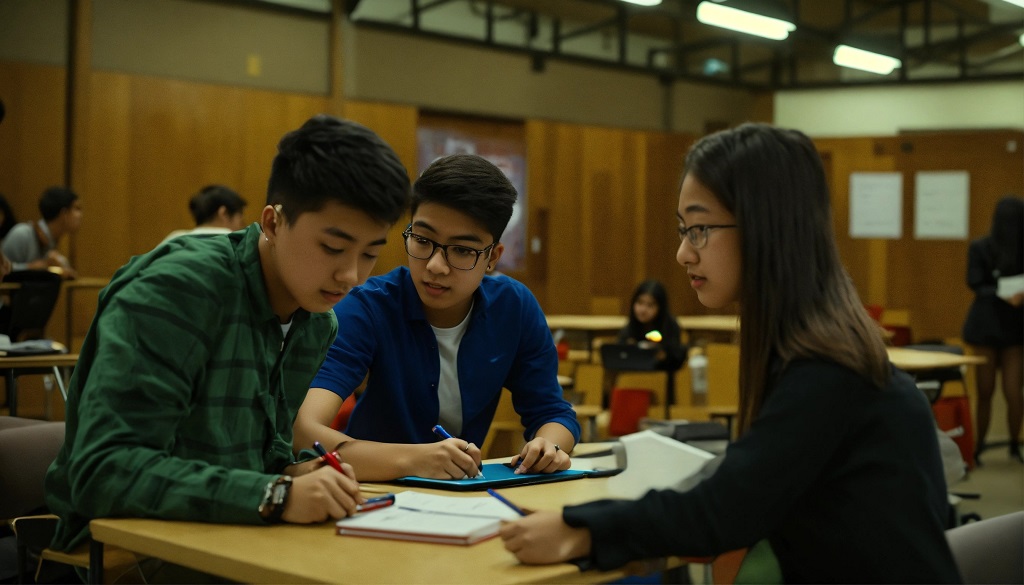- trending-title
- What Is Blockchain Technology and How Does It Work?
- 7011214217
The advent of digital technology has ushered in a transformative era for education, reshaping traditional learning paradigms and opening up new possibilities for students and educators alike. In this blog, we'll delve into the dynamics of digital learning, exploring how technology is navigating the educational landscape and revolutionizing the way knowledge is acquired and shared.
Traditional classrooms with chalkboards and textbooks are giving way to dynamic digital environments. The integration of technology in education, often referred to as EdTech, has introduced a plethora of tools and platforms designed to enhance the learning experience. The digital shift is not just about adopting new tools; it's a fundamental transformation in how education is conceptualized and delivered.
Digital learning brings education to the fingertips of learners worldwide. Whether accessing educational resources from remote areas or participating in online courses, digital platforms break down geographical barriers. This inclusivity extends to diverse learning styles, allowing for personalized approaches that cater to individual needs.
Digital learning materials are not confined to static textbooks. Interactive and multimedia content, including videos, simulations, and virtual reality experiences, enrich the learning journey. These dynamic resources captivate student interest, making complex concepts more accessible and fostering a love for learning.
One-size-fits-all education is becoming obsolete with the rise of digital learning. Adaptive learning platforms analyze individual student progress and tailor content to meet their specific needs. This personalized approach ensures that each student can learn at their own pace, reinforcing understanding and retention.
Digital platforms facilitate collaborative learning, transcending the limitations of physical classrooms. Students can engage in virtual discussions, collaborative projects, and real-time interactions with peers from around the globe. This collaborative dimension not only enhances academic learning but also nurtures essential teamwork and communication skills.
Digital learning generates a wealth of data on student performance, engagement, and preferences. Educators can harness this data to gain insights into individual and collective learning patterns. By understanding these dynamics, they can make informed decisions, identify areas for improvement, and tailor their teaching strategies for optimal impact.
Challenges:
Access Disparities: Despite increased accessibility, disparities in access to digital resources persist, particularly in underserved communities.
Digital Literacy Gaps: Ensuring that both students and educators possess the necessary digital literacy skills is crucial for the effective integration of technology in education.
Opportunities:
Global Collaboration: Digital learning opens doors to global collaboration, allowing students to connect with peers, experts, and resources worldwide.
Continuous Innovation: The dynamic nature of digital technology enables continuous innovation, paving the way for new and improved learning tools and methodologies.
As technology advances, AR and VR are poised to play a more significant role in digital learning. Immersive experiences will transport students to virtual environments, providing hands-on learning opportunities in subjects ranging from history to science.
AI algorithms will become increasingly sophisticated in analyzing student data and providing personalized feedback. Intelligent tutoring systems and AI-driven assessments will further enhance the efficiency and effectiveness of digital learning.
Blockchain technology has the potential to revolutionize credentialing and verification in education. This decentralized system could provide secure and tamper-proof verification of academic achievements, enhancing the credibility of digital certificates.
Gamification elements, such as badges, rewards, and interactive challenges, will continue to be integrated into digital learning platforms. This approach not only enhances engagement but also taps into the inherent motivation of students to achieve goals and milestones.
In the dynamic landscape of digital learning, the journey is one of continuous evolution. Navigating the educational landscape in the digital age requires a commitment to overcoming challenges, leveraging opportunities, and embracing the transformative power of technology.
As we move forward, the fusion of education and technology promises a future where learning is accessible, engaging, and tailored to the needs of every student. Digital learning dynamics are not just shaping the educational landscape; they are paving the way for a new era of knowledge acquisition, collaboration, and innovation. The journey has just begun, and the possibilities are boundless as we navigate the future of learning in the digital age.

In the rapidly evolving landscape of education, innovations...
View Details
The advent of digital technology has ushered in a transformative...
View Details
Education has long been recognized as the cornerstone of societal...
View Details
The transition from high school to higher education is a pivotal...
View Details
In an era dominated by information and communication, the...
View Details
In the dynamic landscape of higher education, a Bachelor of...
View Details